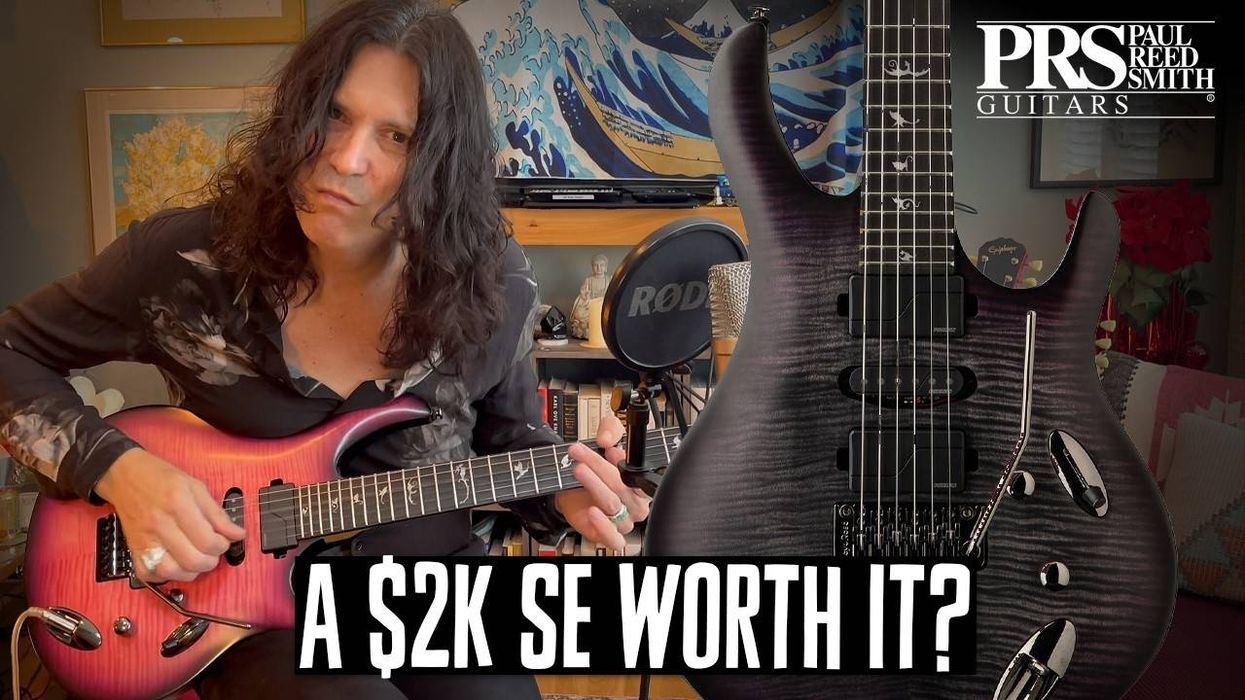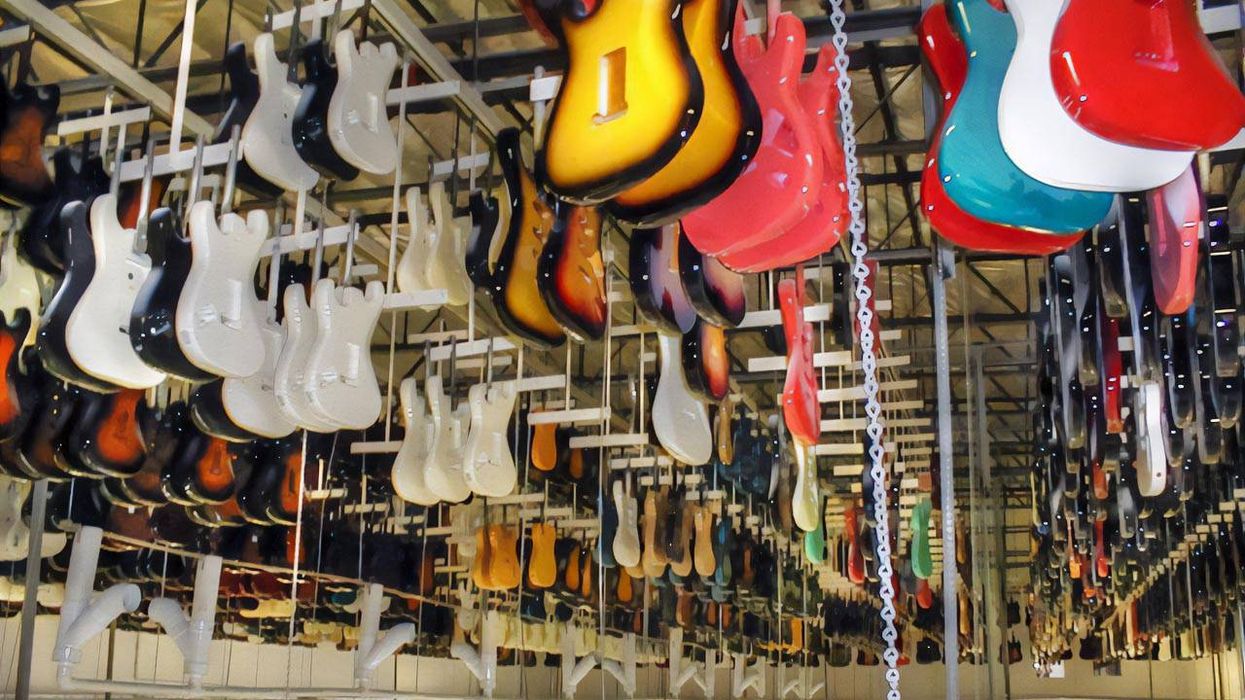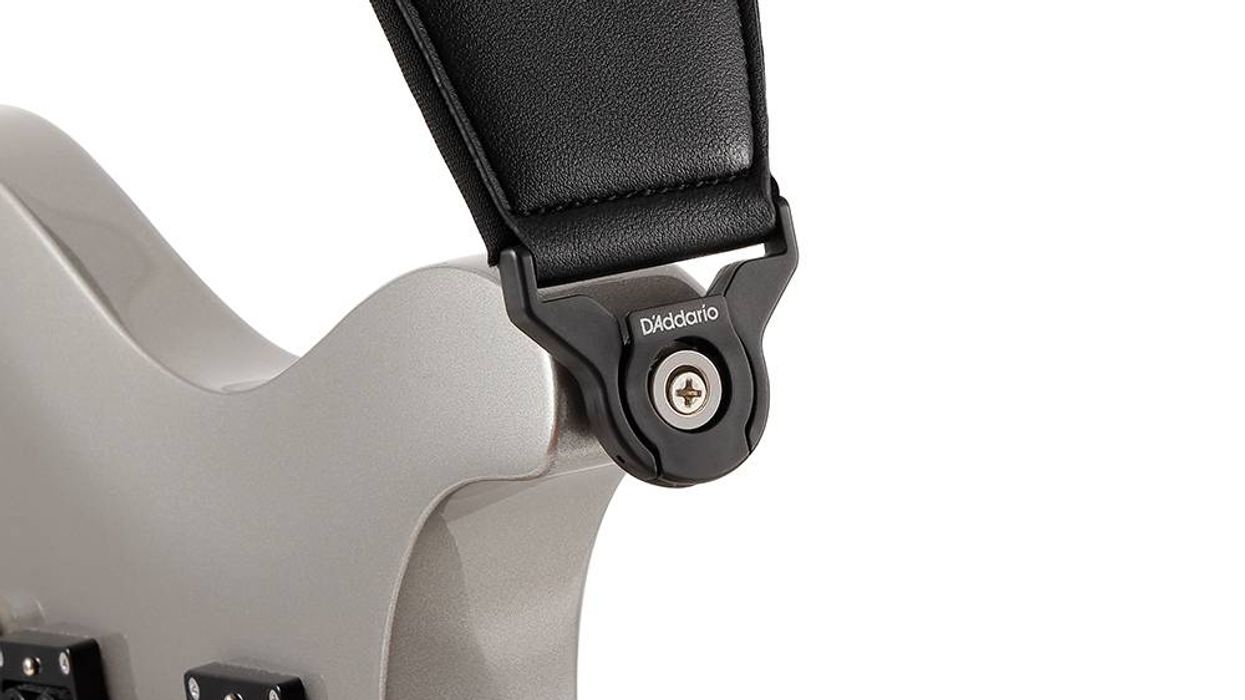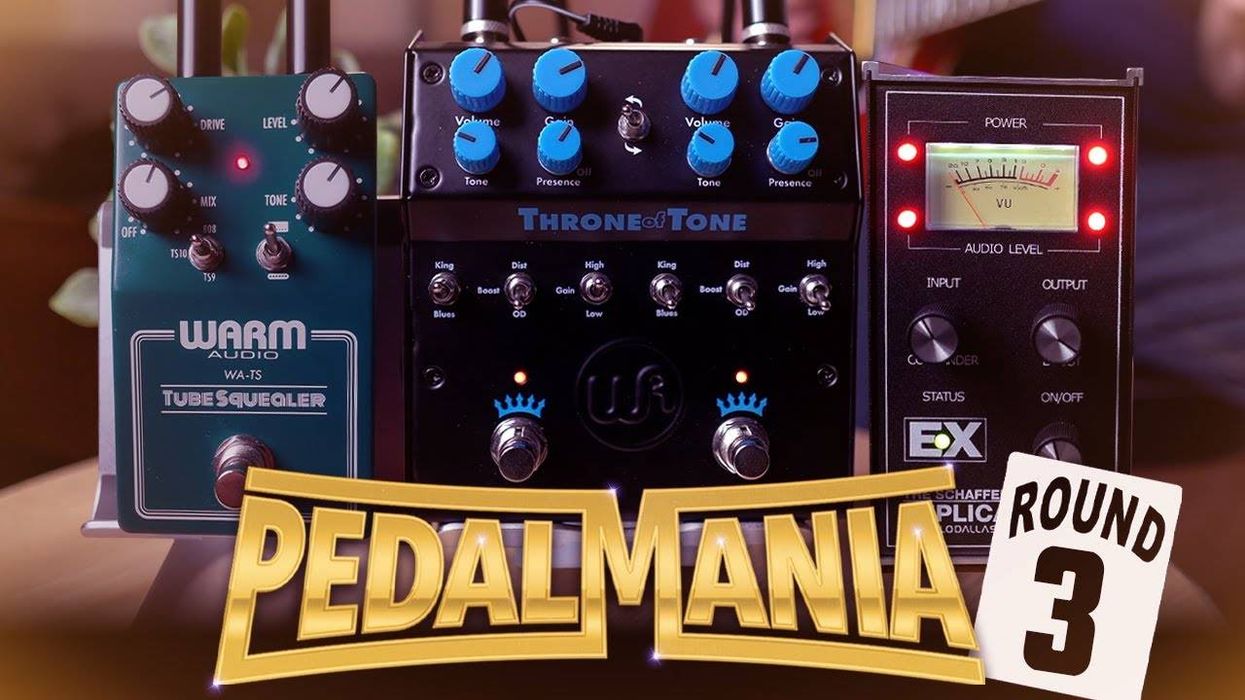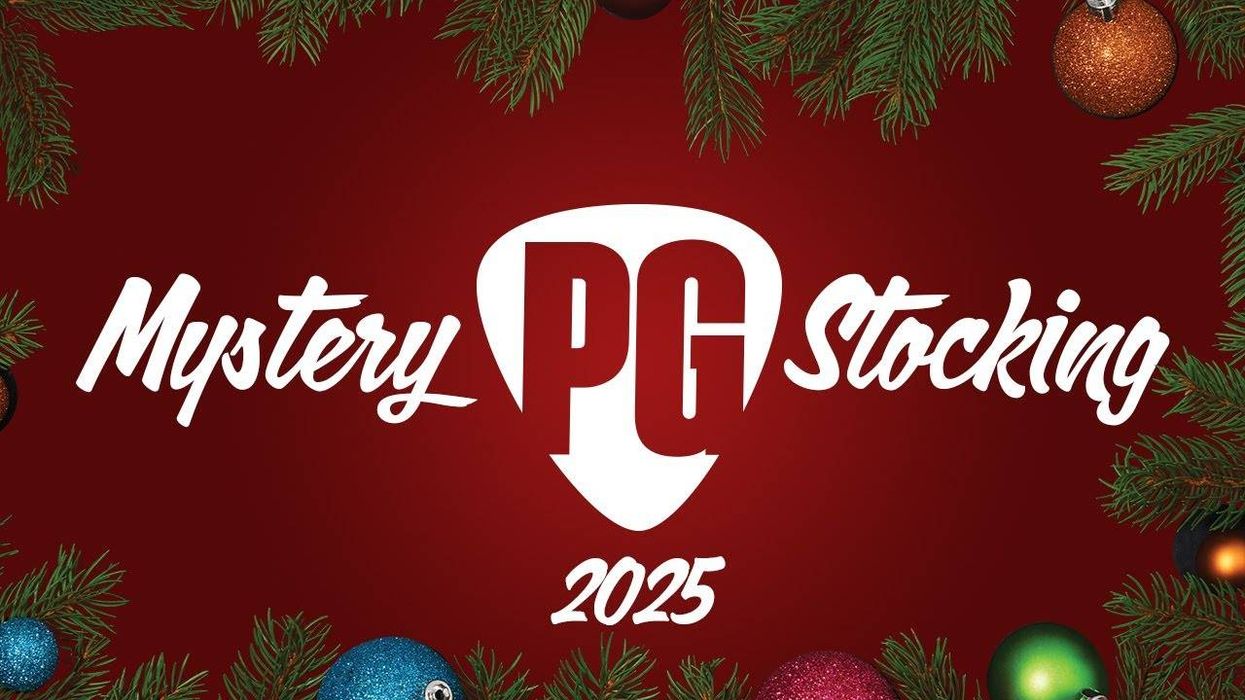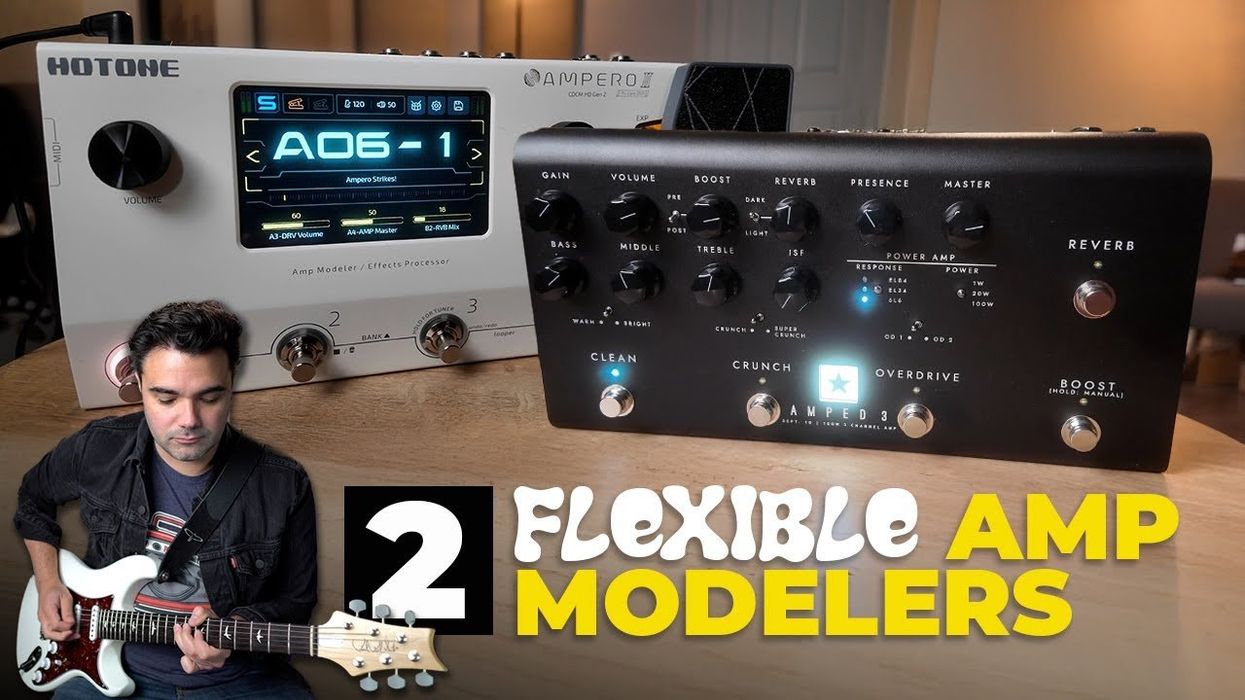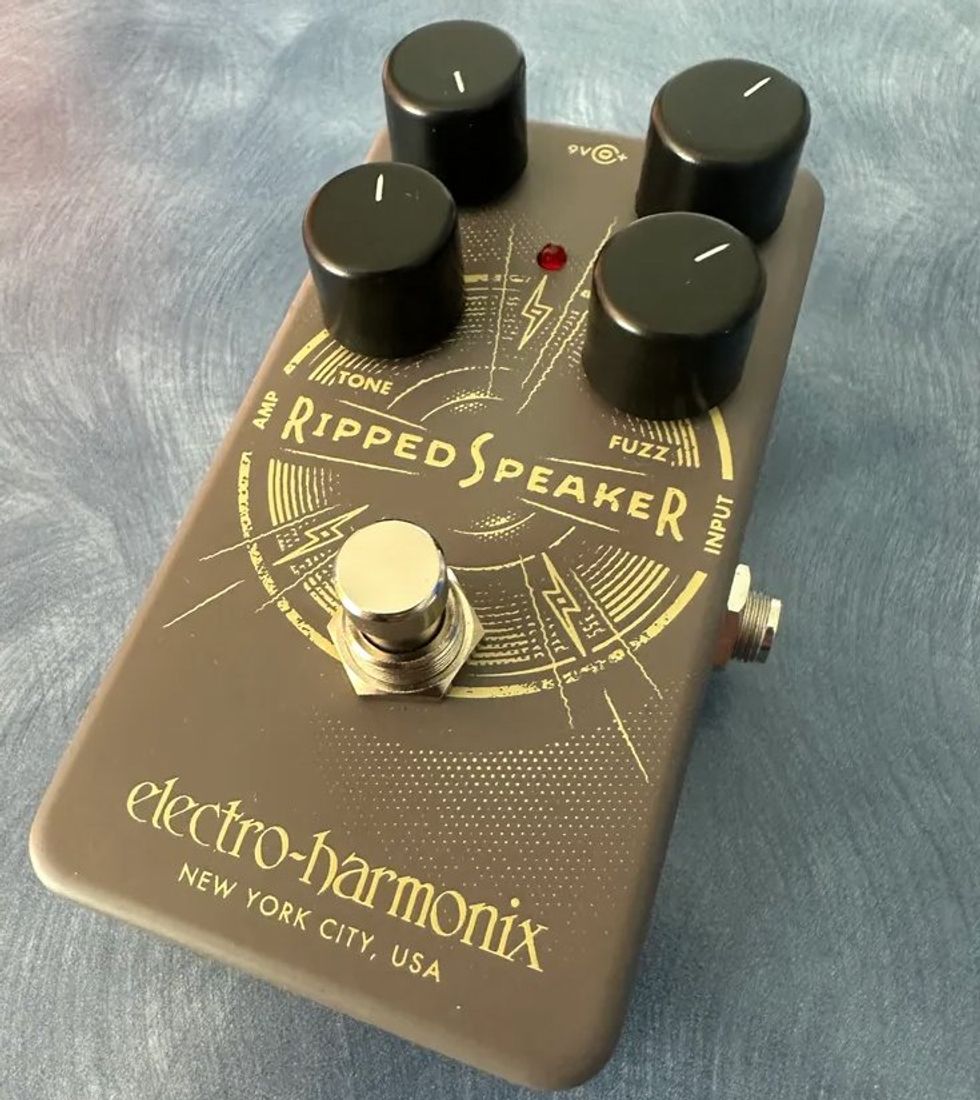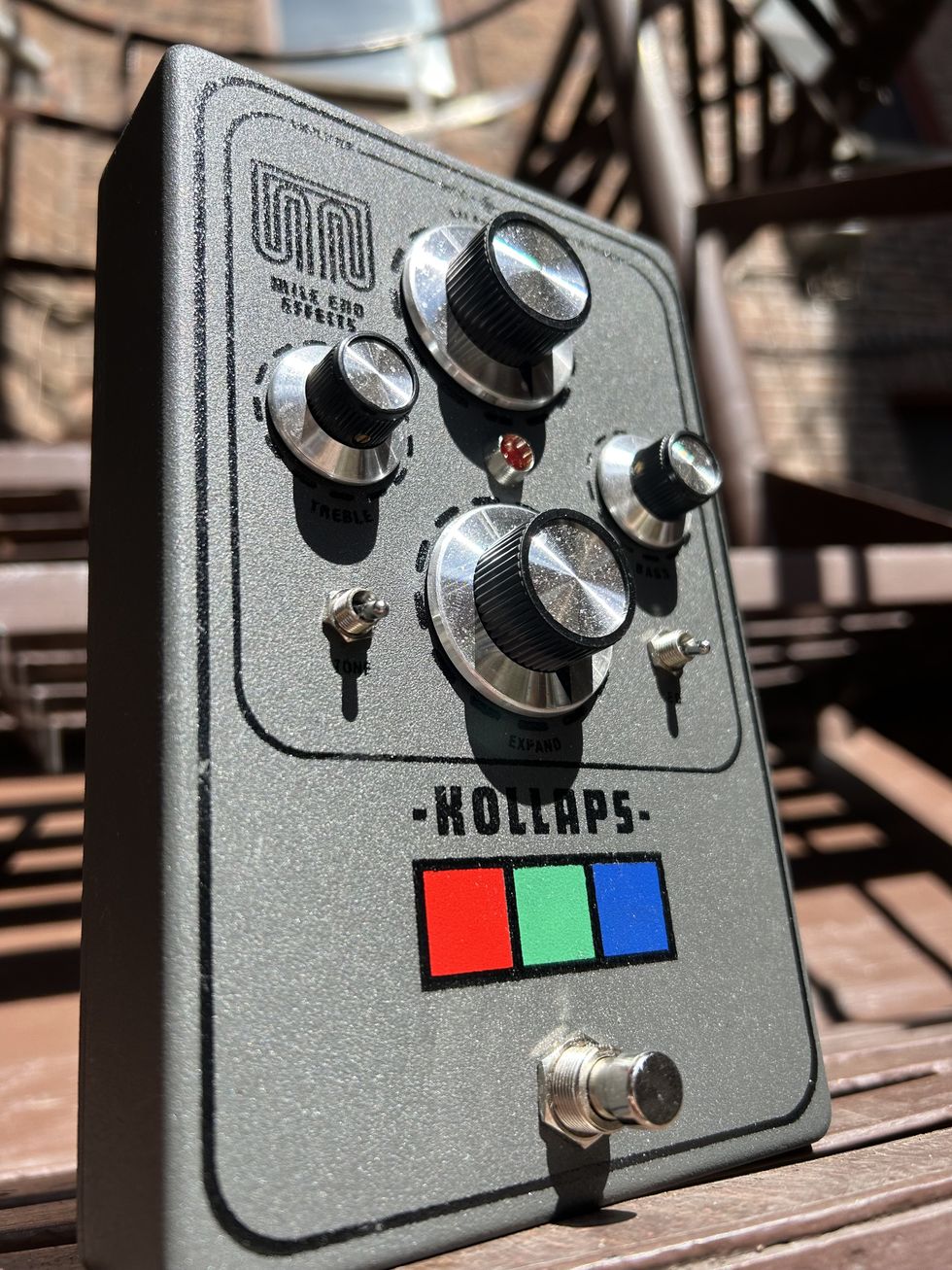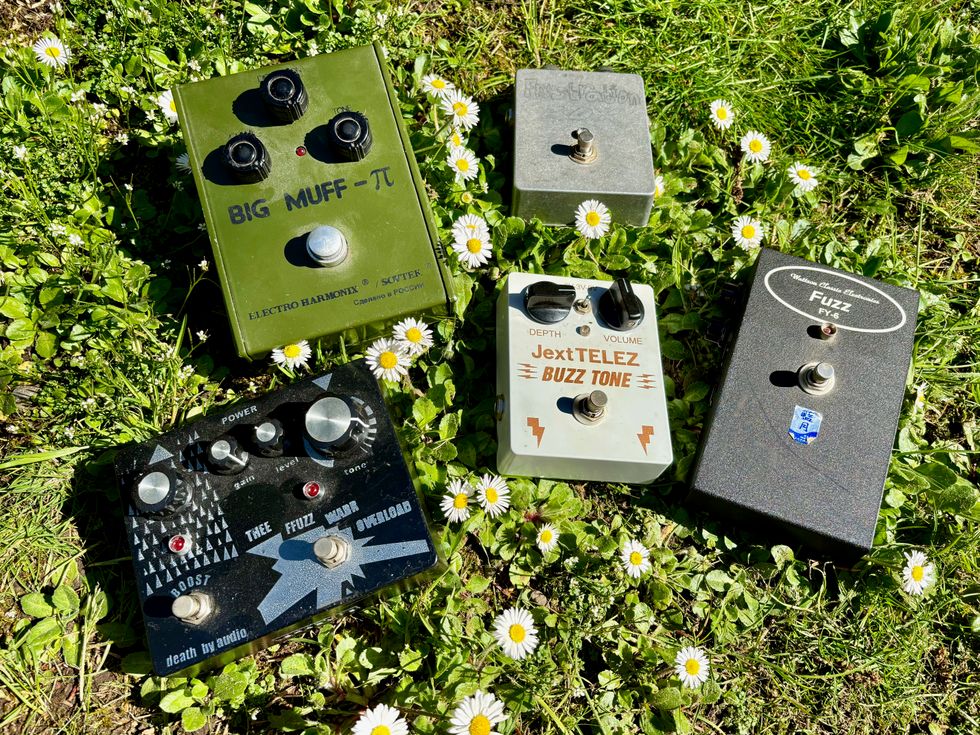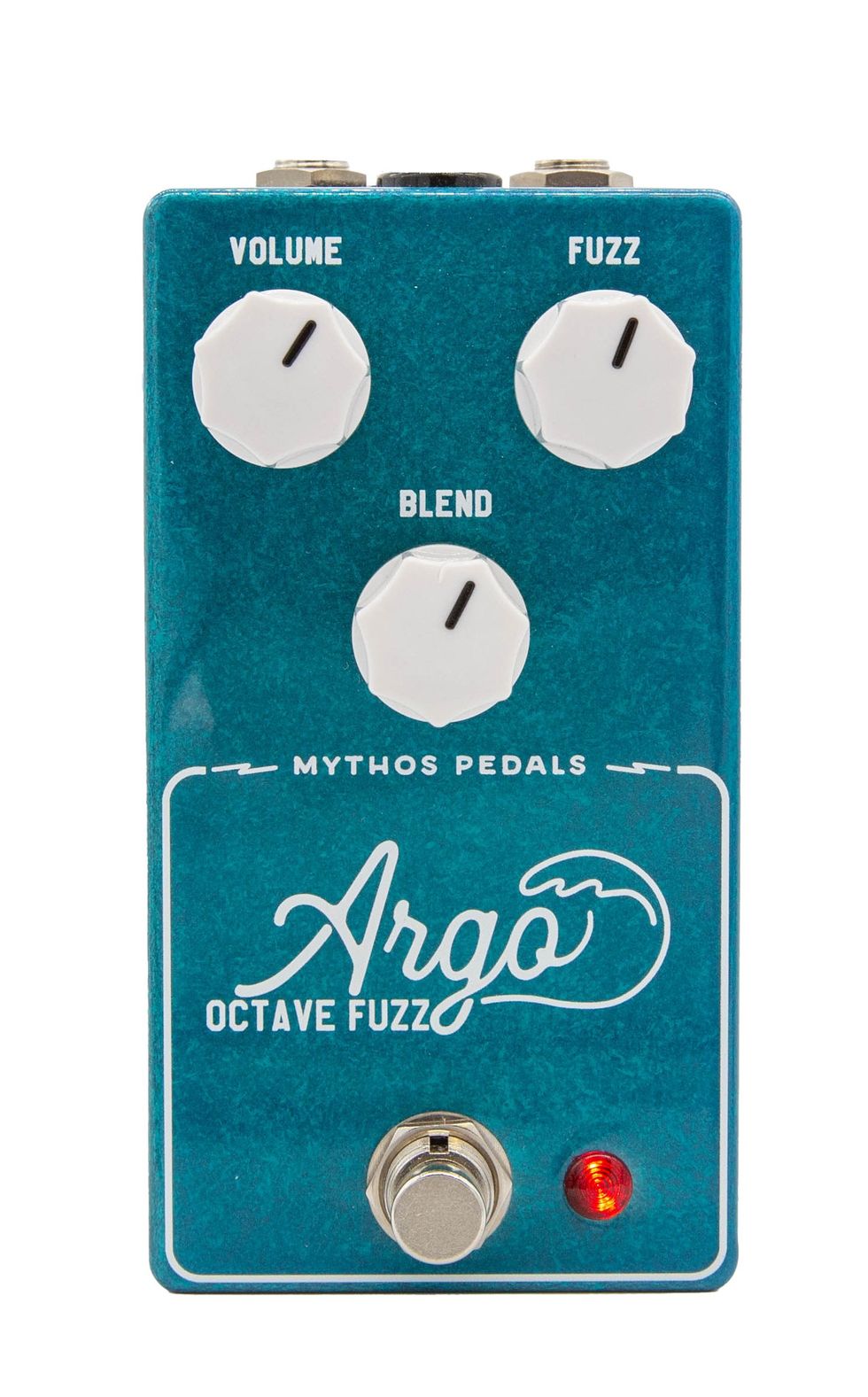Athens, Greece (November 29, 2016) -- We are pleased to announce our newest creation, the Planet B bass overdrive.
Voiced after a '70s high-wattage guitar tube amp that was also used on bass guitar in rock, doom, sludge, and stoner bands.
Gain control provides a wide range of sounds, from big bold clean to heavy overdrive that retains clarity even at maximum settings. Use the blend control to mix the clean signal and preserve all of your precious low frequencies. The tone control only affects the overdrive signal and volume control sets the master volume of your pedal (post blend).
A voicing toggle switch boosts mid frequencies (in supersonic mode) to make sure you’ll be heard light years away.
Planet B ships at the end of December 2016. Direct price : €189
Watch the company's video demo:
For more information:
Crazy Tube Circuits

